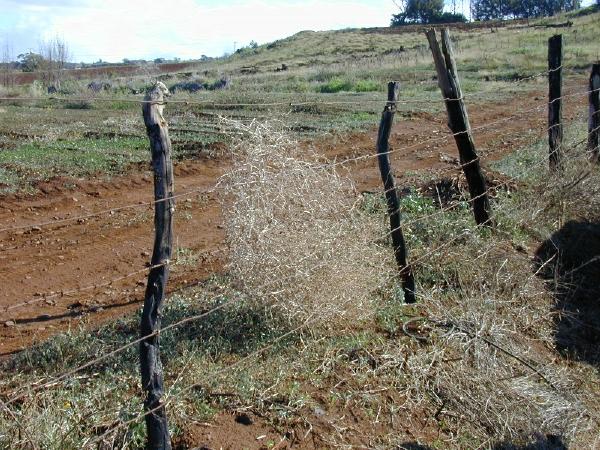Before this forum ever existed, Jeff B approached me to see if I would be interested in contributing designs to a DIY audio forum, and I politely declined. Some of the reasons I cited for this were:
Real speaker design requires, at a minimum, test and measurement equipment and pretty extensive knowledge that is not easy to accumulate from a single source. One must able to take acoustic and electrical measurements and know how to act on them.
Further, the majority of those measurements must be taken in the box of interest, as the cabinet has substantial effects on the responses of the drivers, and the crossover cannot be considered in isolation from the box. Indeed crossover design should be undertaken in the cabinet of choice.
Finally, passive crossovers quickly become extremely complex and potentially unwieldy if you don't know how to design cleverly.
Rather than being purely pessimistic in this post, let me try to give some actionable advice for a serious starter project:
The best DIY projects serve the bottom end of the market space. Retail driver costs are simply too high to build a competitive high-end product for less money than a competent manufacturer can produce the same, even with their profit margin.
A sample high ROI DIY project would be a 2-15" 8" 1" 3 way that was always out on rentals for DJs. This is the kind of low end project that many forum readers would keep busy renting from their shops, and represents a much more rational first project goal than a high-end coaxial stage monitor.
- Desire to be paid for expertise
- Lack of desire to provide "tech support" for every bad copy of a design
- The economic realities of DIY projects rarely being cheaper than commercial products
- Lack of learning from merely presenting finished designs
- Changing driver availability
Real speaker design requires, at a minimum, test and measurement equipment and pretty extensive knowledge that is not easy to accumulate from a single source. One must able to take acoustic and electrical measurements and know how to act on them.
Further, the majority of those measurements must be taken in the box of interest, as the cabinet has substantial effects on the responses of the drivers, and the crossover cannot be considered in isolation from the box. Indeed crossover design should be undertaken in the cabinet of choice.
Finally, passive crossovers quickly become extremely complex and potentially unwieldy if you don't know how to design cleverly.
Rather than being purely pessimistic in this post, let me try to give some actionable advice for a serious starter project:
- Only consider three way designs, as this gives a reasonable chance of decent performance with unexceptional drivers
- Always utilize two LF drivers (e.g. 2 10" or 2 15") as this will minimize your mid/hi resistive padding
- Sealed boxes are often better than poorly designed ported cabinets
- Frequency response plots on datasheets are nearly meaningless for driver evaluation, though some more subtle effects on them do matter.
- Don't spend more than $3-400 on drivers per cabinet
- Keep reasonable expectations
- Listen to the drivers first, if possible (especially HF drivers)
The best DIY projects serve the bottom end of the market space. Retail driver costs are simply too high to build a competitive high-end product for less money than a competent manufacturer can produce the same, even with their profit margin.
A sample high ROI DIY project would be a 2-15" 8" 1" 3 way that was always out on rentals for DJs. This is the kind of low end project that many forum readers would keep busy renting from their shops, and represents a much more rational first project goal than a high-end coaxial stage monitor.
Last edited:


